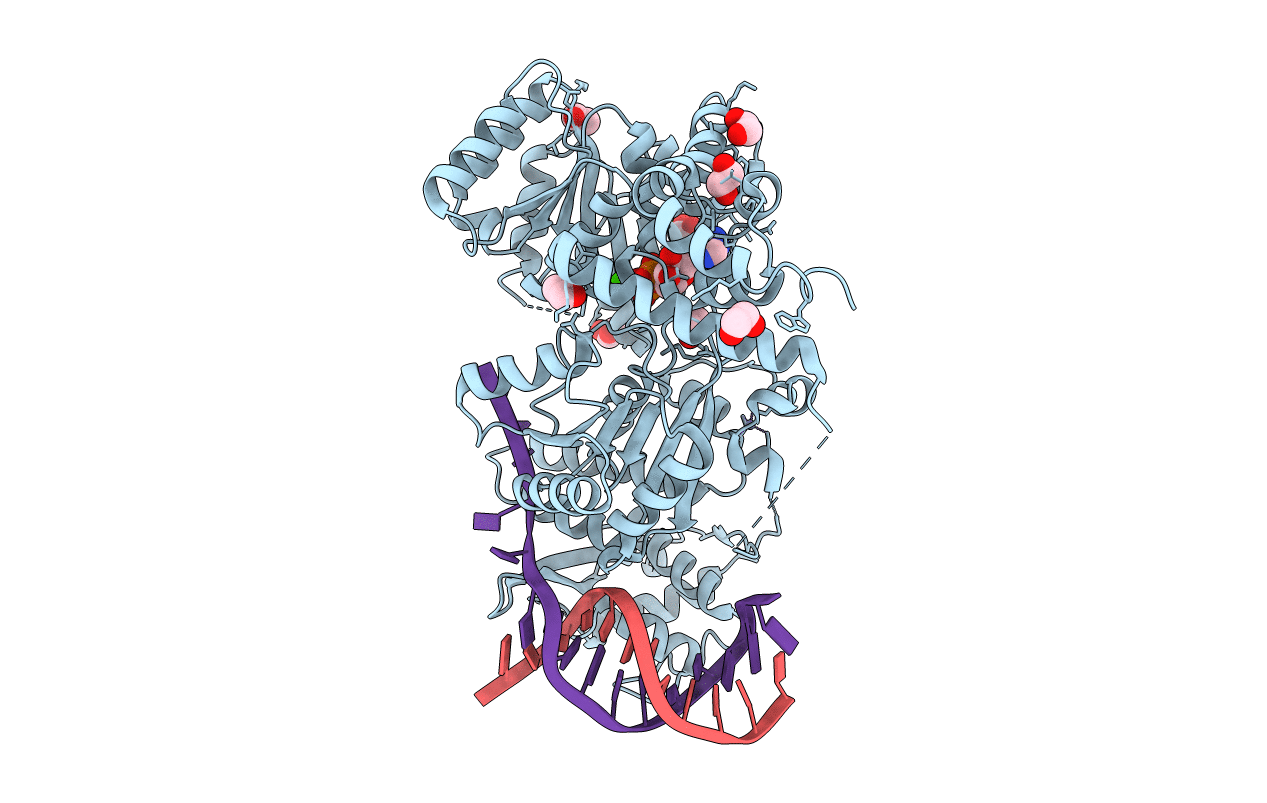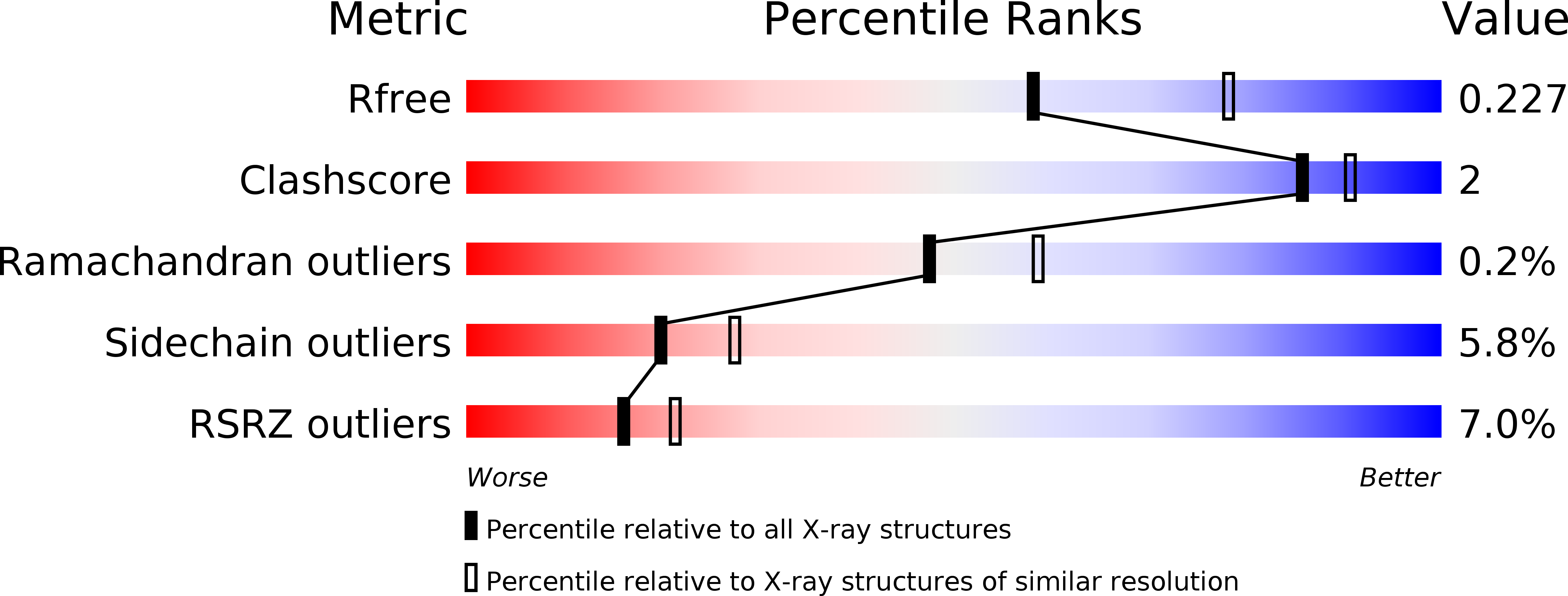
Deposition Date
2013-12-18
Release Date
2014-03-12
Last Version Date
2023-09-20
Method Details:
Experimental Method:
Resolution:
2.30 Å
R-Value Free:
0.21
R-Value Work:
0.18
R-Value Observed:
0.18
Space Group:
C 1 2 1


